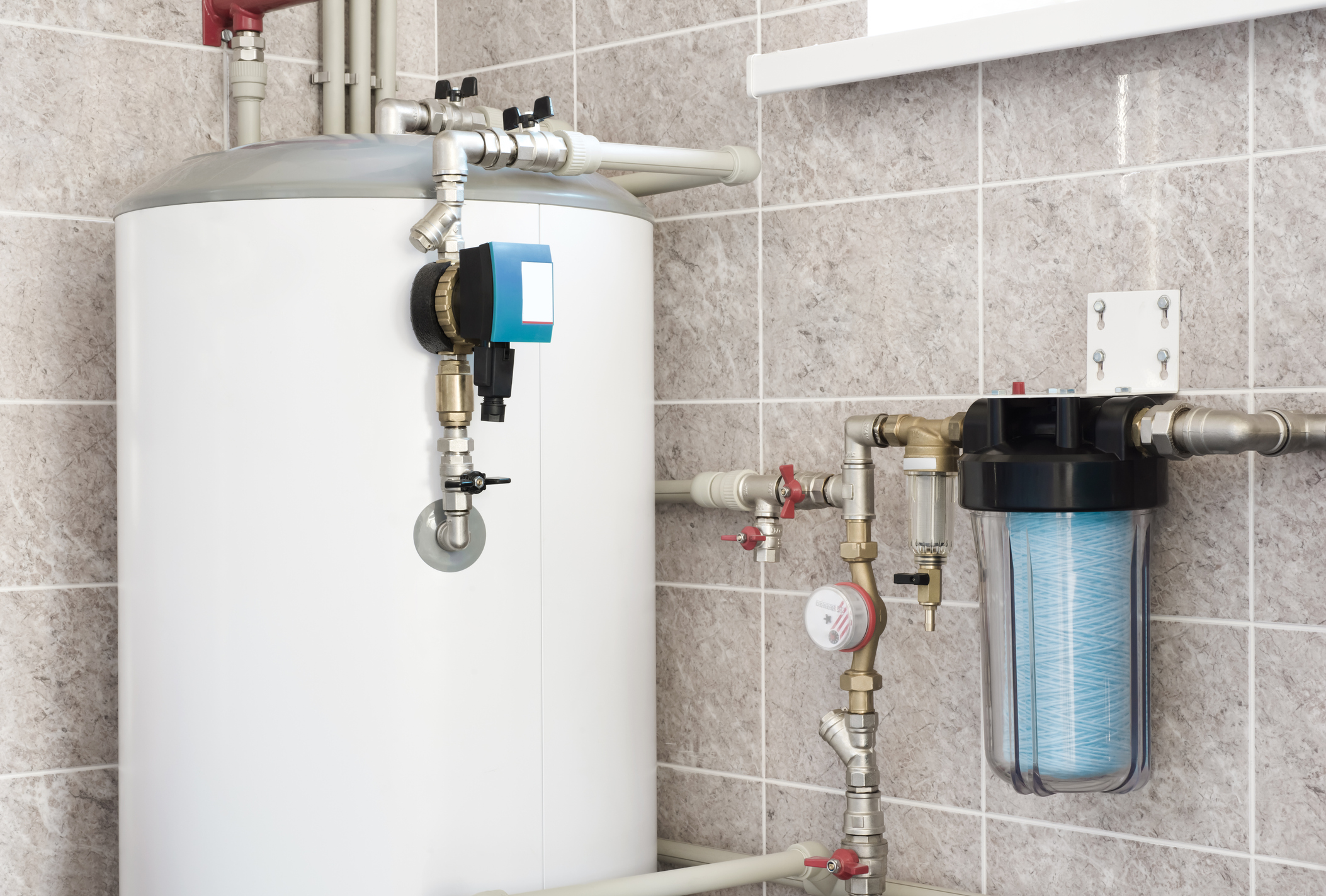Just how do you really feel about What Kind of Maintenance Do Water Heaters Need??

Hot water is important for everyday comfort, whether it's for a refreshing shower or cleaning recipes. To ensure your warm water system runs effectively and lasts longer, routine maintenance is key. This write-up supplies functional suggestions and understandings on exactly how to preserve your home's hot water system to stay clear of interruptions and costly repairs.
Intro
Preserving your home's warm water system might seem challenging, but with a few easy steps, you can ensure it runs smoothly for several years to find. This guide covers whatever from recognizing your warm water system to DIY upkeep suggestions and recognizing when to call expert aid.
Relevance of Preserving Your Warm Water System
Routine maintenance not just extends the life-span of your hot water system yet likewise ensures it runs efficiently. Overlooking maintenance can cause reduced efficiency, greater energy costs, and even early failure of the system.
Indications Your Hot Water System Demands Maintenance
Recognizing when your hot water system requires interest can stop major concerns. Watch out for indicators such as inconsistent water temperature level, odd noises from the heating unit, or corroded water.
Recognizing Your Hot Water System
Before diving right into maintenance tasks, it's practical to understand the basic elements of your warm water system. Typically, this includes the water heater itself, pipelines, anode poles, and temperature level controls.
Regular Monthly Upkeep Tasks
Normal month-to-month checks can help catch minor issues prior to they intensify.
Purging the Hot Water Heater
Purging your hot water heater gets rid of debris build-up, improving efficiency and prolonging its life.
Checking and Replacing Anode Rods
Anode rods prevent corrosion inside the tank. Examining and replacing them when worn is important.
Checking and Changing Temperature Settings
Adjusting the temperature settings ensures optimal efficiency and safety and security.
Do It Yourself Tips for Upkeep
You can do numerous maintenance tasks on your own to maintain your warm water system in top condition.
Checking for Leaks
Consistently inspect pipes and connections for leaks, as these can bring about water damages and greater costs.
Evaluating Pressure Relief Valves
Testing the pressure relief valve guarantees it operates properly and stops extreme stress buildup.
Insulating Pipelines
Protecting warm water pipes decreases heat loss and can conserve power.
When to Call a Professional
While do it yourself upkeep is helpful, some issues require expert competence.
Complicated Issues Calling For Expert Help
Instances include significant leakages, electrical troubles, or if your water heater is regularly underperforming.
Regular Specialist Upkeep Advantages
Specialist maintenance can include detailed assessments, tune-ups, and guaranteeing compliance with safety and security requirements.
Conclusion
Routine maintenance of your home's warm water system is important for performance, longevity, and expense savings. By adhering to these suggestions and recognizing when to seek specialist help, you can guarantee a reliable supply of warm water without unexpected interruptions.
How to Maintain an Instant Hot Water Heater
Before tinkering with your hot water heater, make sure that it’s not powered on. You also have to turn off the main circuit breaker and shut off the main gas line to prevent accidents. Also turn off the water valves connected to your unit to prevent water from flowing into and out of the appliance. 2. When you’re done, you have to detach the purge valves’ caps. These look like the letter “T†and are situated on either side of the water valves. Doing so will release any pressure that has accumulated inside the valves while at the same time avoid hot water from shooting out and burning your skin. 3. When the purge valves’ caps are removed, you have to connect your hosing lines to the valves. Your unit should have come with three hoses but if it didn’t, you can purchase these things from any hardware or home repair shops. You can also get them from retail stores that sell water heating systems. Read the user’s manual and follow it to complete this task properly. When the hosing lines are connected, open the purge port’s valves. 4. You should never use harsh chemical cleaners or solutions when cleaning your unit. Make use of white vinegar instead. It should be undiluted and you’ll probably use about 2 gallons. 5. Now flush your water heater. This task should probably take about 40 minutes. We can’t give you specific directions for this because the procedure is carried out depending on the type, model and brand of your heater. With that being said, refer to the user’s manual. 6. When you’re done draining the unit, you have to turn off the purge port valves again. Remove the hosing lines that you earlier installed on each of the water valves. Put the valve caps (purge port) back in their respective places and be very careful so as not to damage the rubber discs that are found inside these caps. 7. Now that everything’s back in place, check your user’s manual again to find out how to reactivate your water heating system. 8. Once it is working, turn one of your hot water faucets on just to let air pass through the heater’s water supply pipes. Leave the tap on until water flows smoothly out of it. https://www.orrplumbing.com/blog/2014/september/how-to-maintain-an-instant-hot-water-heater/

Do you really like reading up on Tips For Maintaining Your Hot Water Heater? Write a remark down the page. We would be delighted to know your thinking about this write-up. We hope to see you back again in the future. Sharing is good. Helping others is fun. Many thanks for your time invested reading it.
Call Today